The 50 States Project is a series of candid conversations with interior designers across the country about how they’ve built their businesses. This week, Jackson, Wyoming–based designer Shannon White Burns tells us how she uses early budget conversations to gauge how involved clients want to be in the design process, why she sees a markup as essential, and how she’s reevaluating her benefits package as she prepares to make a new hire.
What drew you to this business in the first place?
I always loved doing art. I was like the kid that would draw for hours. I was taking coursework in college to do graphic design, and had been accepted to study abroad at an art school in Barcelona for a year when my mom had a health thing come up, and I ended up taking the year off. When it was clear that she was going to be fine, I worked for [the rest of that school] year as a graphic designer in a marketing department during the dot-com boom in the Bay Area, where I realized that everything I was doing was so impermanent. All of these designs were very here today, gone tomorrow.
I had seriously considered being a fine artist at one point, but by the time I got to the end of my first year of college at University of California, Davis, I didn’t feel like I had this driving thing to say, and I felt like I needed that in order to be a fine artist. Meanwhile, I had been taking interior architecture classes, and I liked both the permanence of it and that you get to work with people. I looked through the course catalog, and when I read the description of what my coursework would be in interior design, I knew it was for me.
Did you immediately find a sense of purpose or clarity in the work?
I did not. I’m not always super strategic—I do a lot of things by paying attention to my gut. The thing that felt right for me was my studio classes. I was completely absorbed: I loved the process of hand-drafting; I could be there all night. That’s how I knew I was in the right place.
After graduation, I ping-ponged around. I got lucky because my stepmom got me a summer job with Jeffry Weisman when he was just starting out, so I got this view into a small office. It was the same with my first job—I worked for Alice Wiley, who had been in business in San Francisco for at least 35 years by the time I worked for her. The great thing about both those jobs was that I got to work with these really talented designers who were also very gracious and great businesspeople. Because they were small offices, I got to hear some difficult conversations from time to time—especially at Alice’s. Because I was there longer, I was able to see her navigating a project and clients, or [learn] what to do when things didn’t show up on time or how to deal with vendors. I learned so much about what your relationship with your clients could be, as well as with people who work for you. I don’t think I would have had those experiences working at a big firm.
The other constant in my life has been a love of mountains. I ski raced in high school, and went on two-week-long backpacking trips. So when I went into design, that part of me did not really fit—I didn’t see a lot of interior design firms in these small mountain towns. I mean, they were there, but I didn’t see them. So I left the Bay Area after a few years and moved to Jackson, thinking I would follow that other passion. I was in my early 20s and wanted to go on a big adventure. So I worked as a ski instructor at Jackson Hole, and as a raft guide.
But I also did other things—I took time to study decorative arts in London at the Christie’s master’s program. And after three years, I returned to the Bay Area thinking I wanted to go to architecture school. I started working for John Hermannsson, an architect who specializes in green building, where my job was working on energy calculations for buildings to meet the Title 24 requirements in California. It was so technical and numbers-heavy. But it helped me realize that I just love interiors. It was like, “Why am I pushing this [away]? This is what I’m meant to do.”
I went back to work for Alice Wiley for a few more years, but ultimately, I knew it wasn’t right for me. I needed to be in a mountain town. So I moved back to Jackson in January 2008 and decided to start my business.
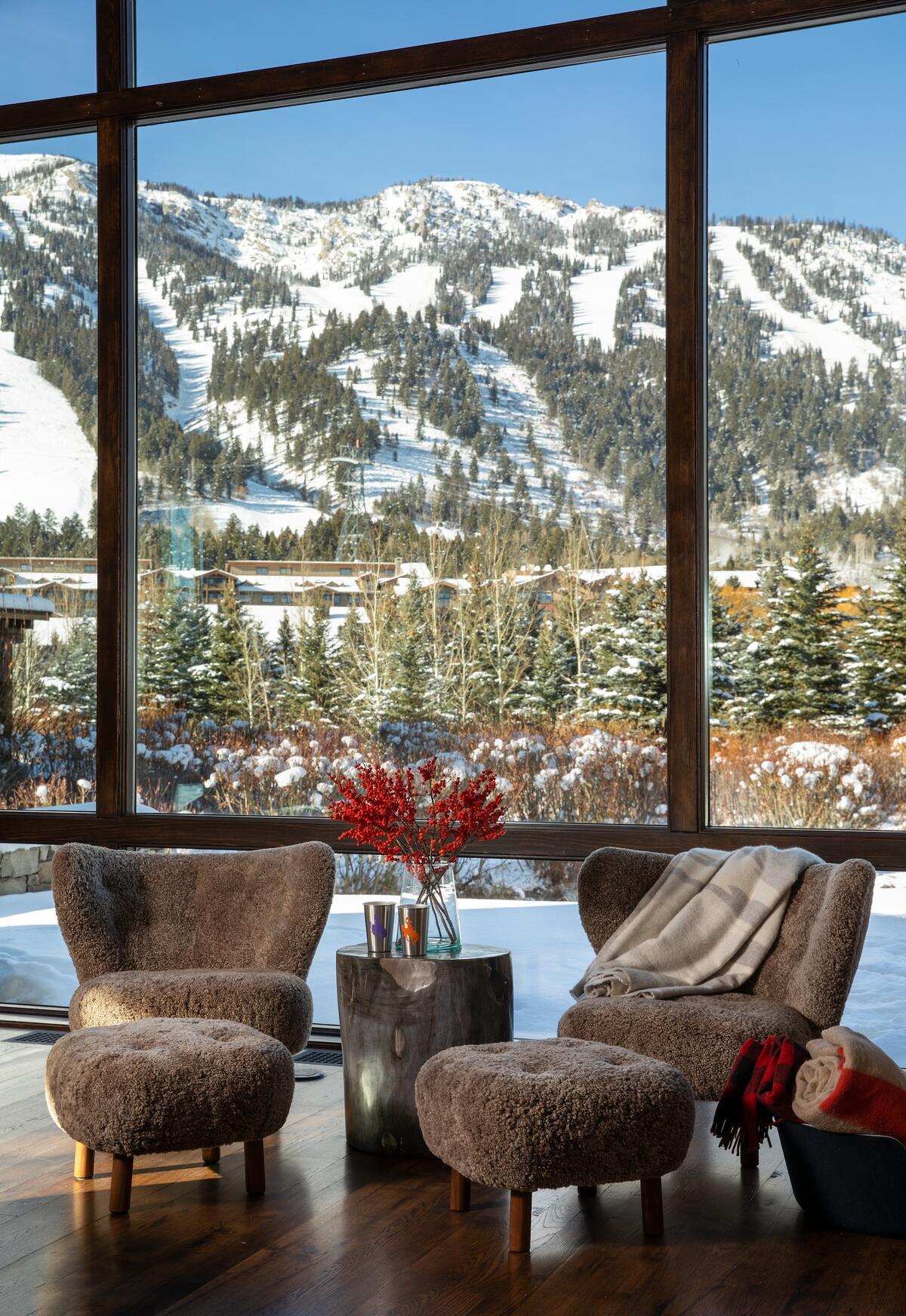
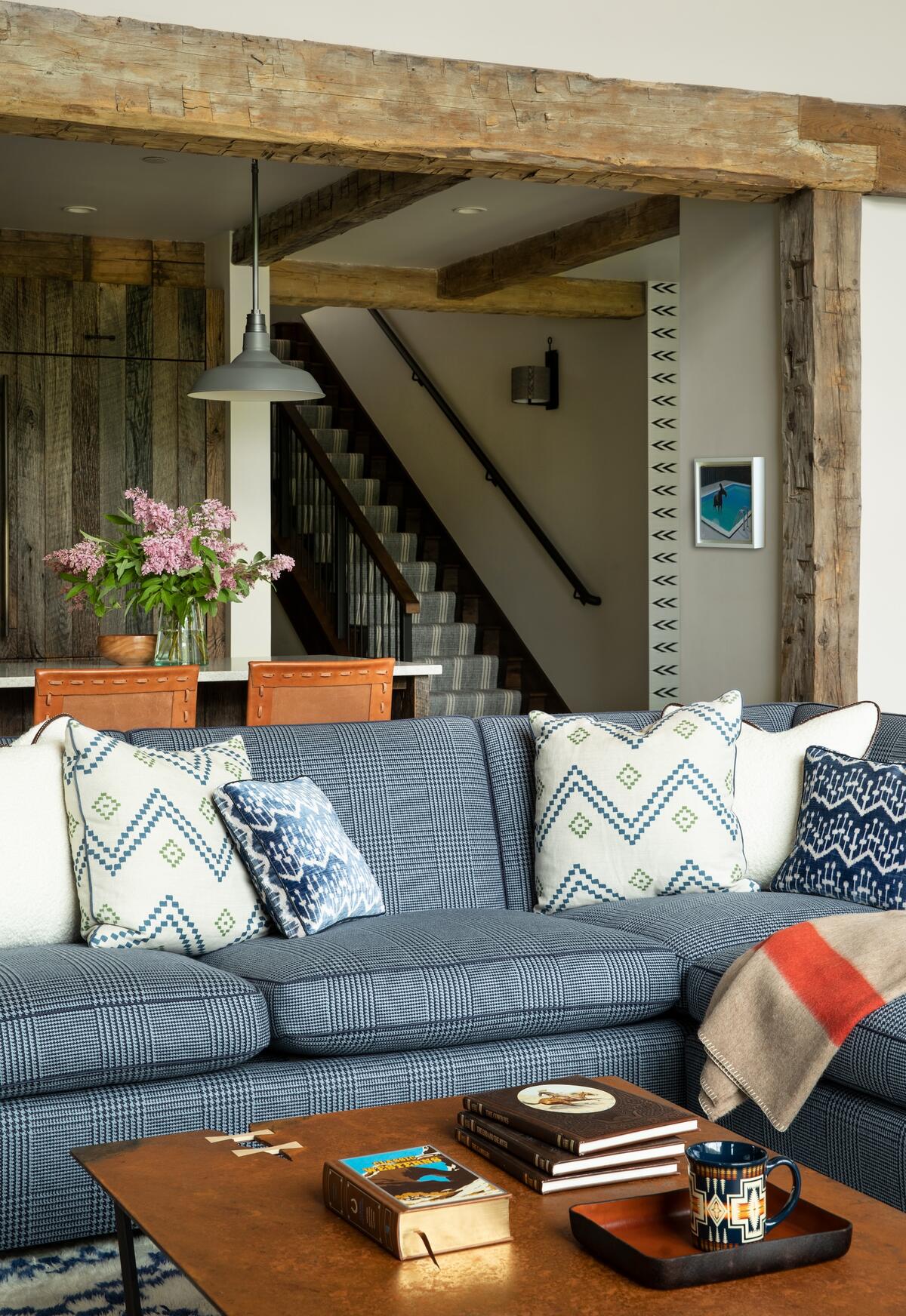
What did that look like in the beginning?
I had to piece it together. I taught skiing, I catered—I probably had five jobs at first, and then slowly, I got work in interiors. Some of those first projects came through people I knew from the ski world. A lot of it was like, “You’re a nice person and you seem like a hard worker. I have this client who wants a little bathroom done. Do you want to talk to them?” And then I got a couple projects from people I knew in California, so I’d go out there. But in general, it was a very slow start. I don’t think I had real, full-time design work in Jackson until 2010.
What does your business look like today?
I’m the only full-time Shannon White Design employee at this moment, but I lean on many more contract and remote workers to keep the business running. From 2018 to 2021, I got up to five employees—I think one of them had a design degree, but mostly I was just trying to get bodies in here to help with the workload because I had taken on too much. It was like the dam had burst. But then the work really dried up, and it was painful. Now, I’m reticent and very thoughtful about bringing someone else on again—I think it’s probably past time to do that again, but I’m a little nervous about it.
What makes you nervous?
There are a few things. There’s a huge focus- and time-suck when you train an employee. Right now, I have a pretty efficient workflow, and I’m afraid of taking my focus off that. I know that after a year, that person will be helpful and able to take things on—
But it can be a long time before you really feel that relief.
That’s why I’m really trying to figure out: What level is the right person to bring on?
What do you outsource right now?
The biggest game changer for me was hiring a remote bookkeeping firm, KG & Associates. They’re out of Denver—they work with designers, and even better, they work with the software I work with, Studio Designer.
I also have my sister, who has been an invaluable jack-of-all-trades remote worker. It kind of happened during Covid—she was an actor and didn’t have a lot of work, so she started helping me. Her main role now is logistics tracking, so she enters all my purchase orders and communicates with vendors. She’s a really good writer, so she also helps me with lovely summaries to clients. She has also helped me send out editorial submissions when we try to get things published. She has very different strengths than me—she tutors SAT math prep—and has actually been great. And yes, it can be difficult to work with family. On the flip side, I get a lot of feedback on how I am as a boss and a manager, and what is helpful and what is not, and I really try to take that to heart. No other employee is going to be quite as frank with me as my sister, right?
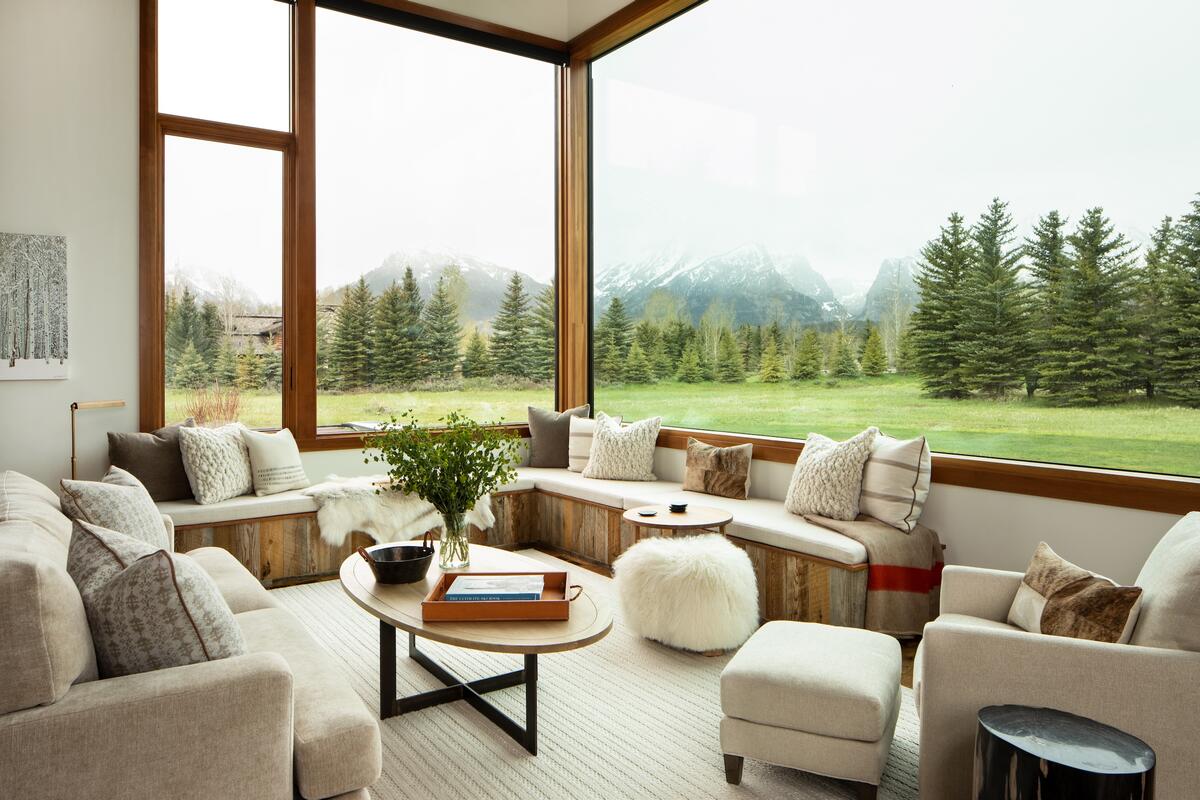
What have you learned?
As I prepare to make a hire, I also want to set up the HR side of things to be ready for a full-time employee—and I think employing your sister is kind of an interesting place to be in as you’re thinking about that, because it just drives home, like, “What does my employee want? How am I going to take care of them?” I want to give them the 401(k), and to provide health care. But also, part of the reason I started my own business was because I wanted flexibility. I wanted more than 10 days off a year. Now, I get those things because I have worked for other people, but I also think everyone should have them. I think we should all have a work-life balance. I want to create a business where it’s engaging and fun for my team, but they also have the ability to structure their own lives. As a mom of an 8-year-old, it’s important to me that I’m able to pick my kiddo up from school right after this call—I appreciate that I have the flexibility to structure my own schedule, and I want that for the people who eventually work for me.
You said you didn’t see many designers in mountain towns early in your career. How has that landscape changed?
It’s been gratifying in the last few years, because all the seeds that I planted over the last 15 years [are flourishing]. At this point, most of my projects come from past clients and contractors. I turn away a lot of work to try to keep my workflow small. It’s a little bit harder to do that as a small firm, though, because there is a fluctuation that happens naturally within projects. I took on three projects at the end of last year, but one is on hold because the construction budget came in so high that they have to reevaluate—can they build this house, or do they have to change where it’s sited? Luckily, it’s just me right now, and I can adjust, but I have this conversation a lot with myself: What is the right amount of work to take?
I talked to an architect here who said she takes 110 percent of [the workload that] she thinks she should have. But as a designer, especially if you’re just a sole practitioner, it’s really hard to get that right, because the scope can double—or it can get put on hold. It makes it hard to forecast. Instead, I’ve tried to keep my overhead low: I don’t have a fancy building in town; I have a studio that’s part of an older building with a bunch of artists in it, and it’s very rough around the edges. But my clients actually seem to like it. They’re like, “Wow, it’s like going into art school.” It’s not that maybe I wouldn’t like to have something a little more polished for my workspace eventually, but that’s been one of the ways in which I can absorb some of those ebbs and flows of business volatility that I see.
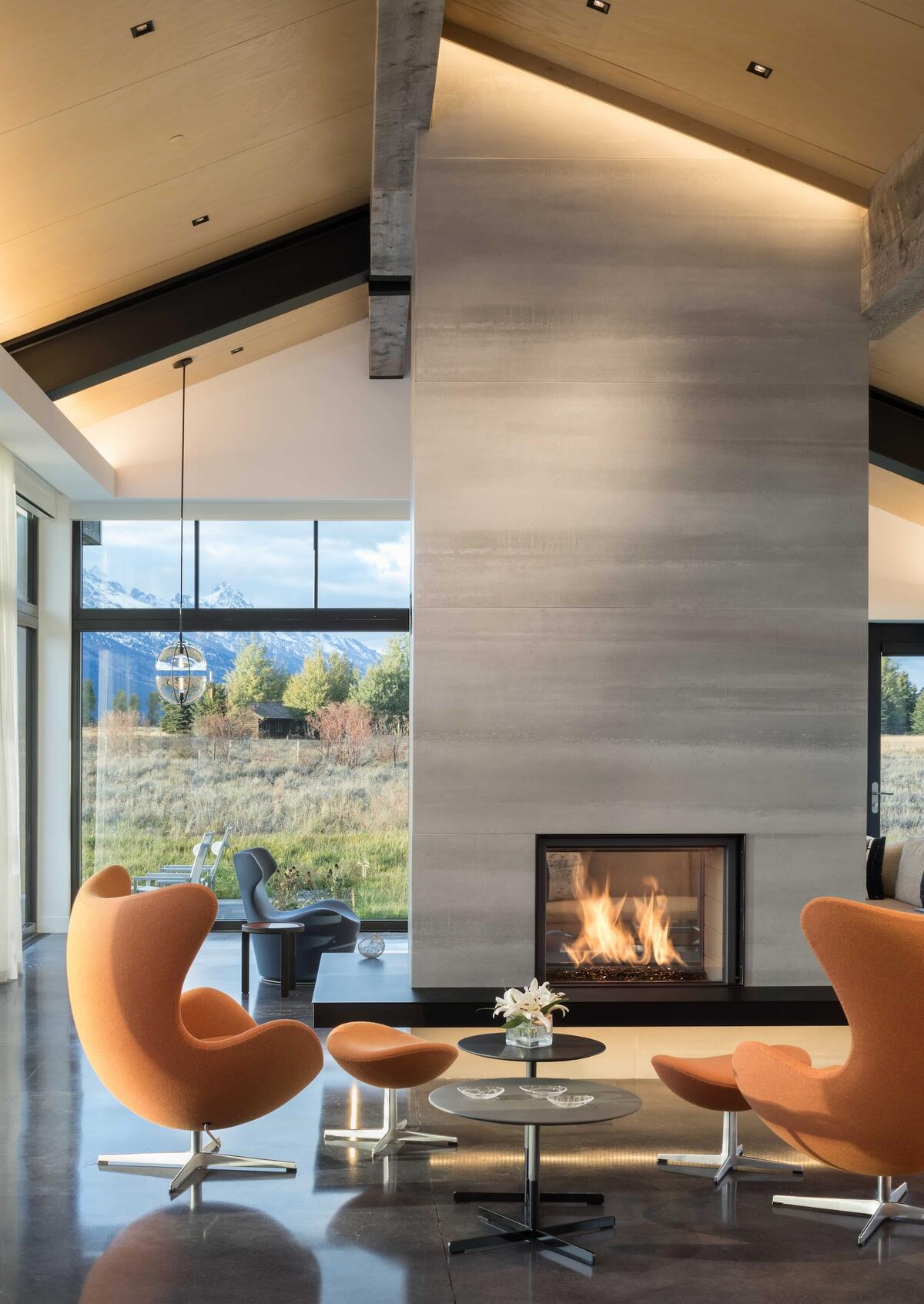
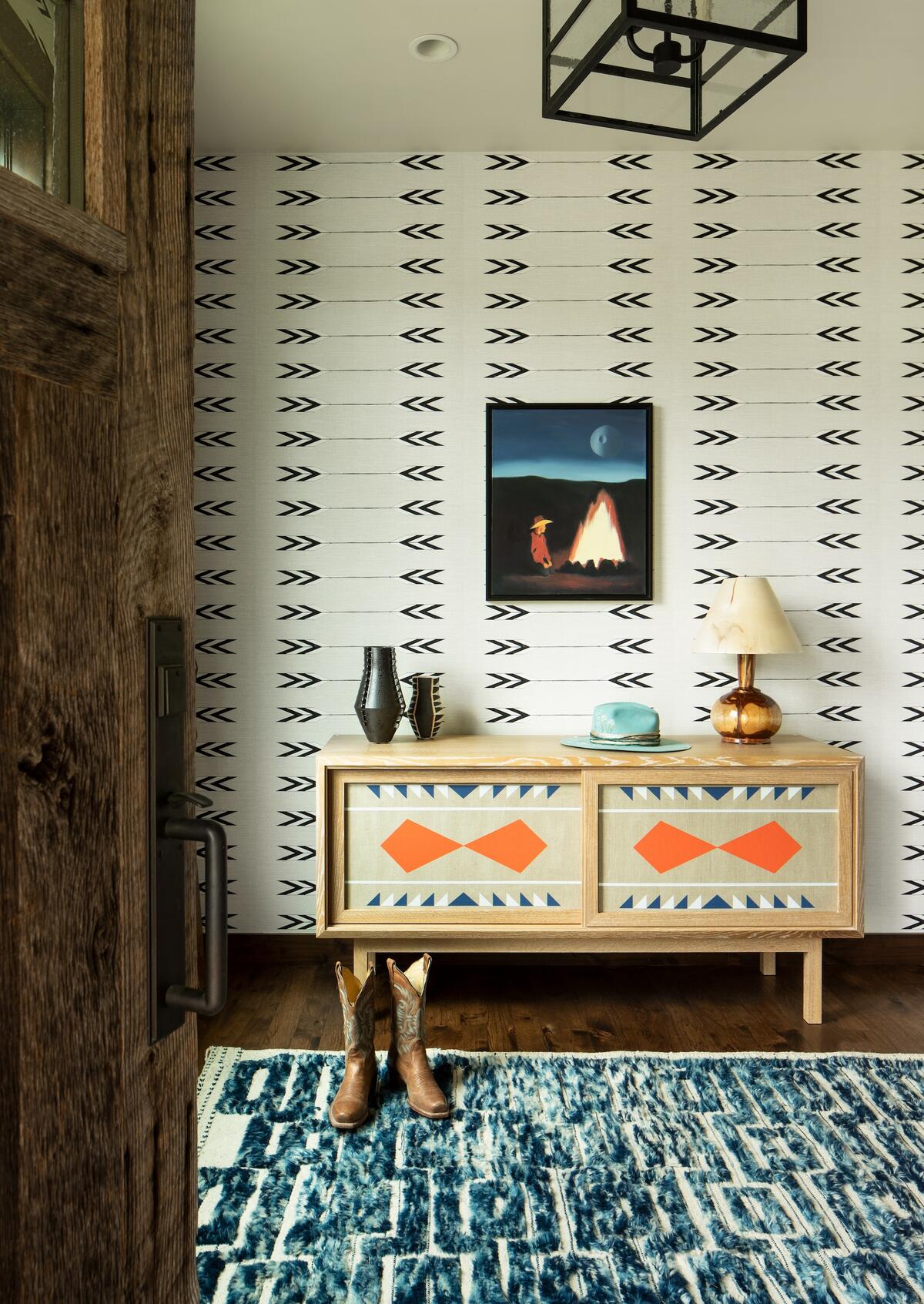
How do you approach the discovery process? I know there are many parts to that. What is the most essential piece of that getting-to-know-you phase for you?
The budget is the first place to start. Generally, people come to me with a pretty clear sense of what they want, and my job is to make it unique to them—but it’s got to fit their budget and their timeline. I always give a range of what I think their project should cost. I tell them that what’s key is finding the number that’s comfortable to them, and then step back from that so that there’s some wiggle room. From there, I create the per-item breakdown of how much these rooms will cost and how we are going to get there. I also try to leave a contingency [for additional expenses], and I put my own fee in there as well, so that I can show them the fee for my hours relative to their project budget.
I’ve found that’s actually a great way to start the conversation [about the design process]. Some of my clients are like, “I want to see everything, [down to] the exact fabric that I’m going to have on the couch.” And look, if they have an unlimited budget and they want all these 3D renderings, that’s fine. But I have to explain to them that my fees are going to be closer to 30 percent of their project budget if that’s the level of documentation they want, whereas I try to keep my fee to more like 10 percent if it’s a $50,000 budget for a quick refresh of your living room, or wherever.
Once I’ve given them a ballpark, we whittle it down to a very accurate item-by-item [estimate], which is a great tool for me. Invariably, we’re going to fall in love with what’s really nice, and we can still get it, but it [helps inform how we pull back] in another room to get that amazing piece. And overall, I just think there’s a lot of trust that happens when that’s the conversation you’re having first with your clients.
Are you billing hourly for all that work of creating the budget and proposal, or is that a sunk cost?
That is a great question. And I wish I could charge for all of that, but I don’t [for the initial estimate]. Usually, when I’m in the interview stage, I’ll have a face-to-face or phone interview to see if we’re a good match. When that budget question comes up, sometimes they’re like, “I have this amount of money.” But most of the time, they’re like, “Well, you tell me. What should I be spending on this project?” That’s way harder. That’s when I sit there and do all that work—and, honestly, I just think of it as marketing. Maybe I don’t charge for it, but it’s a good exercise for me to do, because I’m also looking at all the projects I’ve done recently, adding a certain percentage based on inflation or whatever, and then coming up with a number I really feel I can stand behind and is enough to give me the flexibility to keep the project fun and to be creative. And usually they’re like, “OK, that makes sense. I get it.”
They do pay a retainer deposit upfront so that I can do the initial budgets and forecasting. And then [for the design work beyond that], I charge an hourly plus a markup.
What’s the most important thing you’ve learned about talking to clients about money?
Clients want to know why they are spending this amount of money on X. They’ll say, “I can spend as much money as I want on the dining table; I just don’t want to spend a lot for something I don’t believe in. Like, if I’m just paying $60,000 because it’s a brand name, I want to know that.” Maybe that client would rather spend $30,000 on a table that’s made locally, and we’re going to source the slabs from this Idaho distributor where the humidity level is going to match the climate here in Jackson—it’s about understanding their values and where to put the money. When they walk into their house, how am I going to make that really feel like it fits them? And then for some people, that brand name is what they want.
For another client, I’m going to suggest that they spend a huge amount of their budget on a great art piece because I know that they might move in a few years, so they need to invest in stuff that’s not attached to the walls. I wish it was as simple as, “Oh, I can tell everything from the first meeting,” but I really think it takes two to three months to solidify a working relationship with a client, earn their trust and get that comfort level with them.
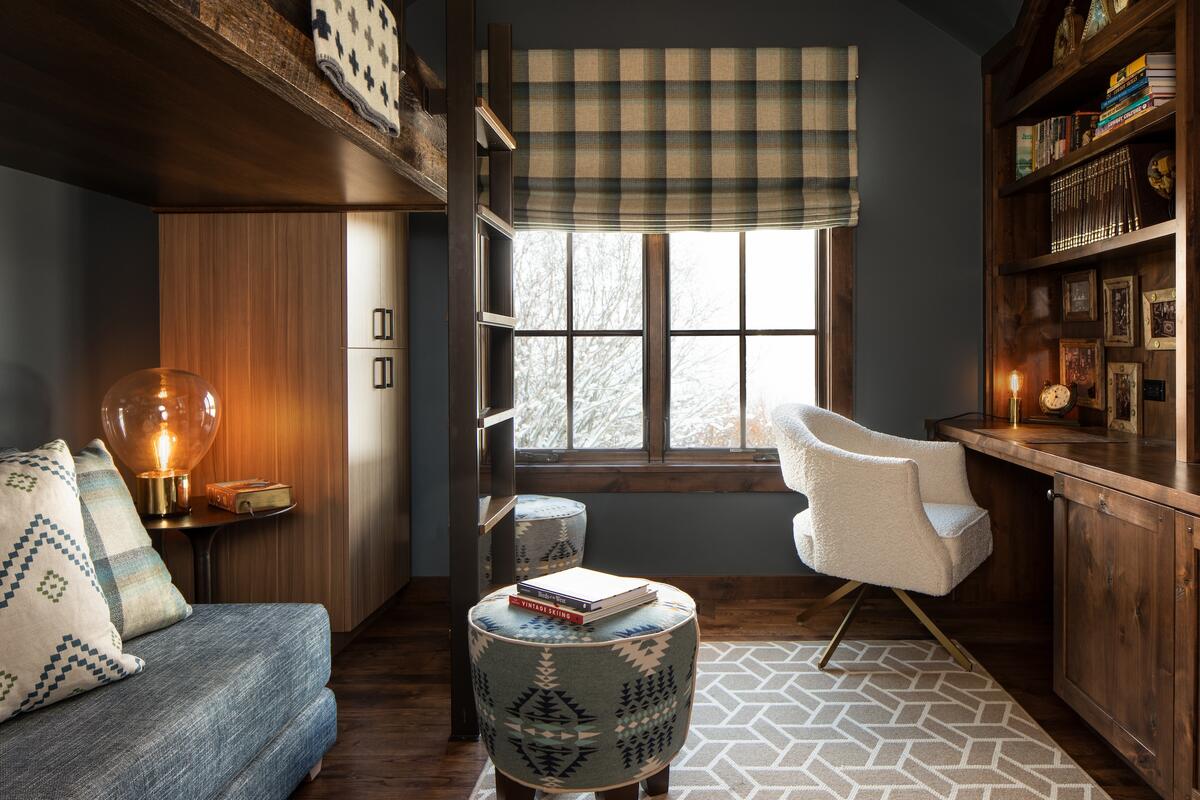
How did you land on that billing methodology?
I think it’s super critical to have the markup. Yes, as I get more established and I sell more-expensive furniture, my profit percentage from furniture sales is larger, whereas I used to get hired more often to do tile plans and drawings, so the profit was more from my hourly. But for me, the markup covers the many things that are beyond your control when you’re selling furniture. If you’re a business owner who cares about the relationship with the client and providing the highest level of service, you have to realize that things are going to go wrong occasionally, and [you need] to build up that nest egg to cover the little things that happen that you can’t bill your clients for without annoying them.
Now, the other part of that is using vendors you know and trust. That’s why I only show clients furniture from [companies] I know are going to have my back if there are any issues. It’s so worth it to explain to your clients why they need to not only buy good-quality furniture but also buy from reputable sources.
How do you vet your vendors?
A lot of them are brands I’ve seen in the marketplace for a long time. I really appreciate the services that showrooms offer, and I think it’s important to support them, or to work with smaller vendors that are family businesses—where there are people involved and you’re not a number.
It’s really expensive to have a showroom here in Jackson, and I appreciate the service that the local vendors are providing so that I can bring a client in to see tile. My clients might live in San Francisco or New York, but I am shopping for the tile with them here in Jackson, and I’m holding the contractors’ and the subs’ feet to the fire as much as I can to purchase through the showrooms I am using. Maybe they’re slightly more expensive because they have to cover their rent in this incredibly expensive town, but I think it’s important not to let those sales go elsewhere if they don’t have to.
Where do you see the most opportunity for growth for your business?
What I’ve seen is that providing a good product to the people I’m working with is giving me the referral base that will bring sustainable growth to the business. Growth here [might look different than elsewhere], because there’s not as much new construction in Jackson—there’s a limited amount of private land and very few lots left to build on, so a lot of the work here is in renovations. Some of the referrals I’m getting have been from real estate professionals who are [in the process] of selling an older house. They’ve seen how I’ve been able to transform older houses with their past clients, and then they ask me to come out and talk to a current client about what’s possible in that space without moving walls.
What does success mean to you?
It goes back to that work-life balance I was looking for when I moved here. I am in the mountains to ground me and to get a sense of how small I am in the scheme of the world. I think not spending too much time in my office is the key. It’s really about the hours that you work in the day—maybe working 30 hours [a week] instead of whatever I’m working now, which is too many. Success would look like having a team with me so that I can stay involved in each project but have time every day to get out and exercise, maybe hike up Snow King. It’s not so much the money [that I’m interested in with growing the team]; it’s about the lack of stress.
What is successful now is that I’m really intrigued by the [work] I’m getting—the quality of the projects and the people I work with are gratifying. So success is also that I’m able to enjoy that part of the work.
To learn more about Shannon White Burns, visit her website or find her on Instagram.





























